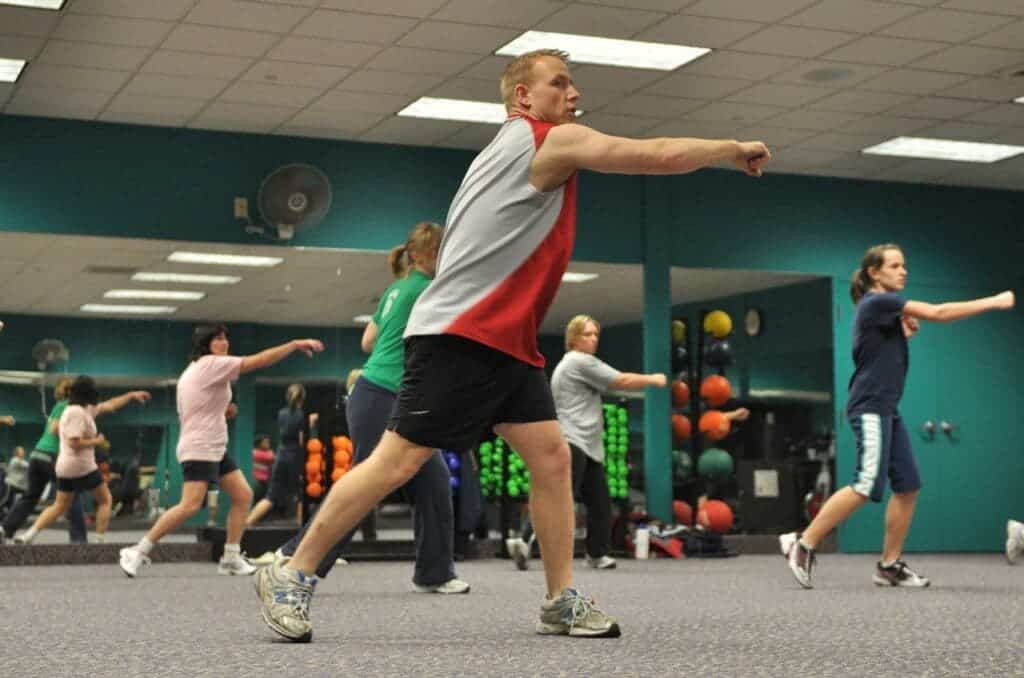Our bodies’ limited regeneration abilities could one day be bypassed, as researchers show that mammals can, indeed, regenerate lost tissues — if the right conditions are met.

Back in 2019, a paper published by researchers at Texas A&M University College of Veterinary Medicine and Biomedical Sciences (CVMBS) offered our first hints that mammals can regenerate lost limbs. That research was led by Ken Muneoka, a Professor at CVMBS, who also led the study we are discussing today.
The new findings challenge current beliefs that mammals can only heal to a limited degree, and that our natural regeneration abilities are limited to tissues such as the skin or organs such as the liver.
Limited in scope
“What these two studies show counteracts the two-century-old dogma that you need nerves to regenerate,” Muneoka said. “What replaces it in mammals is that you need mechanical loading, not nerves.”
Some species, such as salamanders, can regenerate complex structures such as entire bones, joints, or limbs, if these become damaged or lost. Because of this, scientists have been studying such species for quite some time now to understand how these regeneration mechanisms work, and whether we can copy-paste them into humans. The overall conclusion of these researchers up to now was that nerves are the key to limb regeneration.
While that may be true for salamanders and other species, it’s not necessarily true for mammals, the team explains. Their previous work established that mechanical loading is a requirement for mammalian regeneration (mechanical loading is the ability to apply force on or with an affected area) and that the absence of nerves doesn’t inhibit this potential regeneration ability.
These findings go against previous assumptions that the human body cannot regenerate large portions of itself. This comes down to the methods used in previous experiments. These involved administering growth factors, molecules capable of stimulating cell regeneration which vary from species to species and according to the area to be regenerated. While these growth factors are naturally produced by our bodies, they must be artificially introduced to an area to induce regeneration.
When these factors were introduced to nerveless areas in mammalian experiments, they did not lead to regeneration. As such, it was concluded that functional nerves are required for the process to take place.
However, Muneoka and his team explain that the mechanical load aspect of regeneration has been ignored, which they initially hypothesized was why regeneration could not occur.
For their study, the team tested the action of regeneration factors in the limbs of mice that were suspended using a technique called hindlimb suspension. This technique is used by NASA and other researchers to test how mammals react in zero-gravity environments. The team employed it to prevent the animals in the experiment from putting weight on their affected limbs.
“[We] found that when the limbs were suspended, even though they still had lots of nerves and could move around, they couldn’t actually put pressure on their limbs so the digit tips wouldn’t regenerate,” Muneoka said. “It just completely inhibited regeneration.”
“Absolutely nothing happens during the suspension. But once the load returns, there will be a couple weeks of delay, but then they’ll begin to regenerate.”
In a follow-up paper, the team showed that functional nerve connections were not required for this regeneration process to take place, as long as pressure is still being applied — although it will take place “a little bit slower” in this case.
There have been a number of studies in salamanders that prove that when you remove the nerves, they do not regenerate,” ‘Muneoka said. “Researchers have also been able to put growth factors they know are being produced by nerves into the cells and rescue regeneration. So, salamanders probably do need nerves to regenerate.
“But if we’re going to regenerate limbs in humans, it’s going to be a lot more like what happens in mice.”
The findings, apart from challenging our previous assumptions around human regeneration, also give us cause for hope. If nerves aren’t required for this process to unfold, that may very well mean that nerves themselves could be a type of tissue that our bodies can regenerate. Although actual human regeneration is still a very long way away, the findings do showcase that it is possible, and that it could be a viable treatment option for damaged nerve pathways — which can cause debilitating symptoms.
The paper “Digit specific denervation does not inhibit mouse digit tip regeneration” has been published in the journal Developmental Biology.


